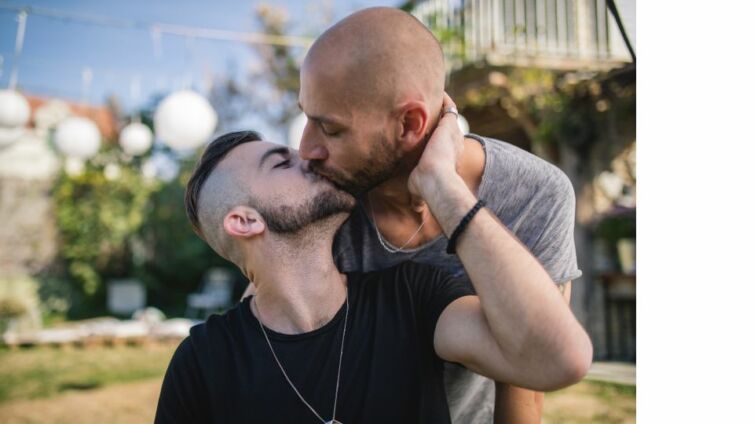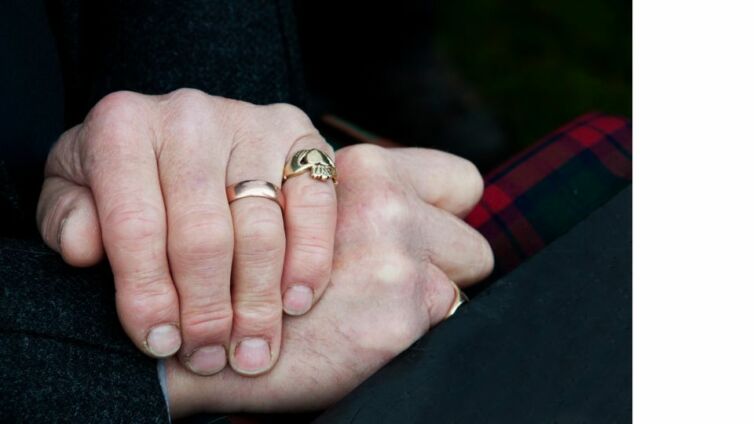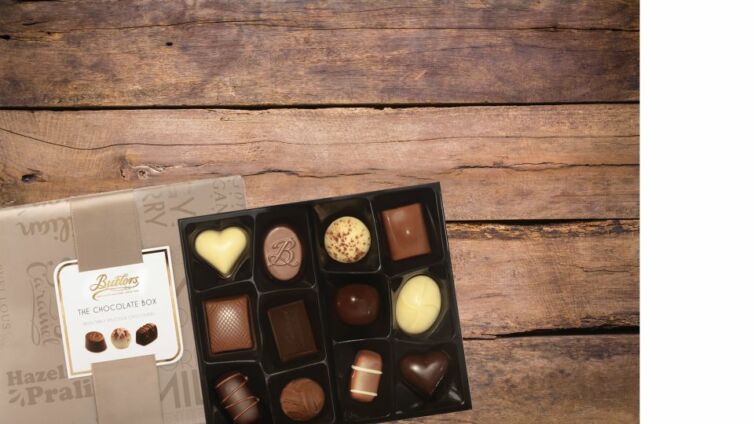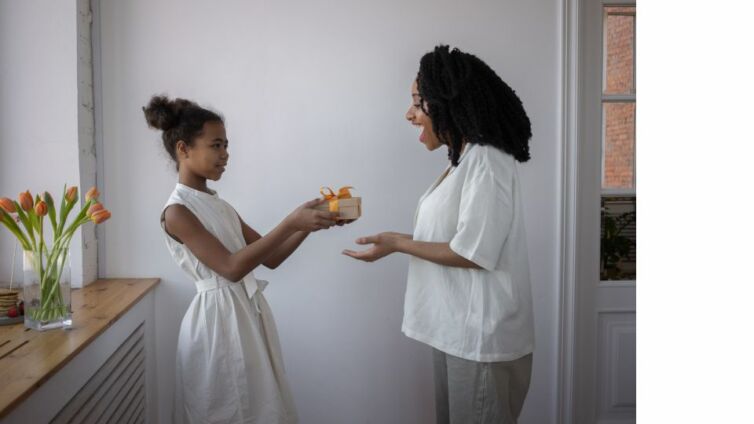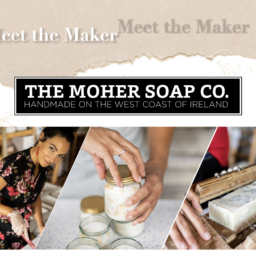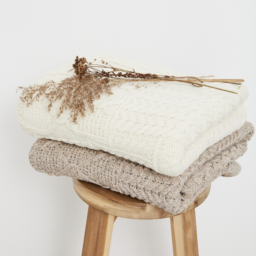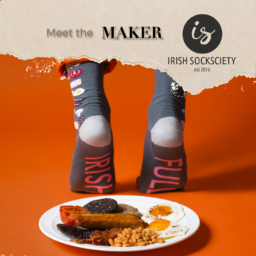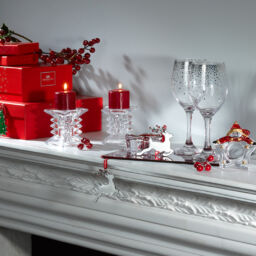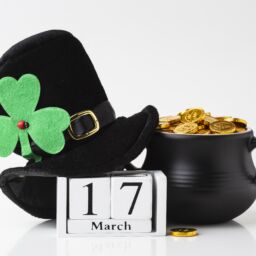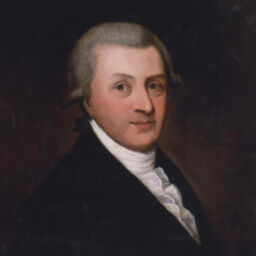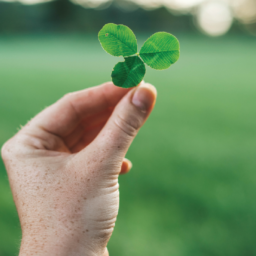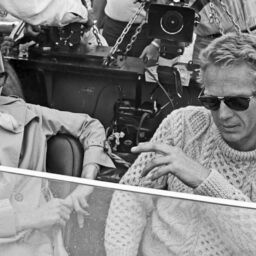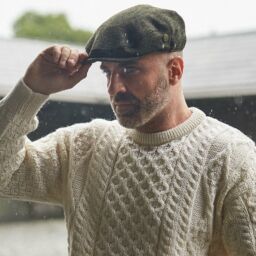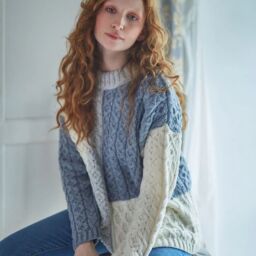Irish jewellery has always been rich in symbolism. From the iconic Tara Brooch to the ornate Broighter Collar, there’s a unique style and common themes that give it a distinctively Celtic feel.
From simple spirals to elaborate crosses, there are patterns that have been replicated time and time again throughout history and are still popular today. We explore the origins of these symbols and unlock the meaning behind them.
Here are some of the most common symbols used in Irish jewellery design, along with the meaning behind them:
The Claddagh Symbol – Love, Loyalty and Friendship
Undoubtedly one of the most instantly recognisable and best loved Irish symbols, the Claddagh design features two hands holding a heart with a crown on it, but what does this symbol actually represent?
The heart symbolises love, the hands, friendship, and the crown, loyalty. This means that it can be used as both a friendship or a wedding ring.
It can be worn in several ways, each of which reveals something about your relationship status (which was handy in pre-Facebook times).
Left Hand
Heart Pointed Towards You – Married
Heart Pointed Away From You – Engaged
Right Hand
Heart Pointed Towards You – In a Relationship
Heart Pointed Away From You – Single
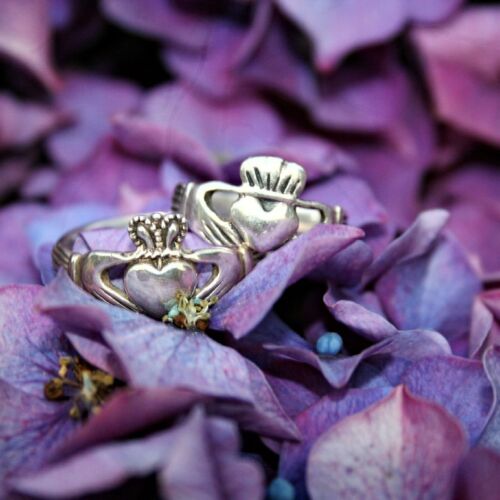
It is believed to have originated in Claddagh, in Galway, one of Ireland’s oldest fishing villages, which is located across the River Corrib from the Spanish Arch. Legend has it that it was designed by a Galwayman called Richard Joyce, who was captured by pirates in the West Indies and sold into slavery to a master goldsmith.
He was eventually freed and on his return to Galway he presented the first ever Claddagh ring to his love who had awaited his return.
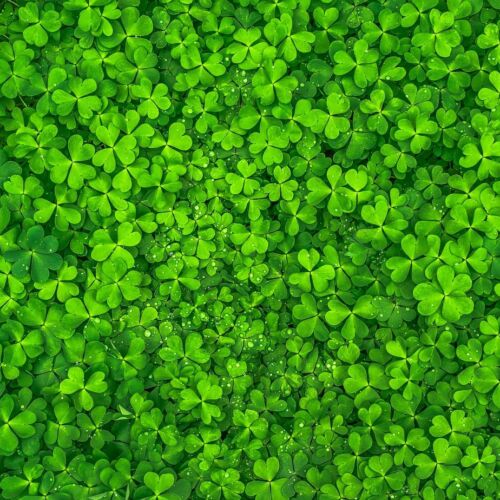
The Shamrock – The Holy Trinity / Good Luck
According to Irish legend, St. Patrick used the shamrock as a teaching aid to explain the concept of the Holy Trinity to Irish people when he was converting them to Christianity in the 4th Century. This is why Irish people wear shamrock on St. Patrick’s Day. It is also seen as a symbol of luck.
The shamrock has long been a symbol of Ireland and is also very popular in Irish jewellery design. As a religious symbol, the 3 leaves are believed to represent The Holy Trinity – the Father, the Son and the Holy Spirit.
The Harp – Ireland
Along with the shamrock, the harp is another symbol that is synonymous with Ireland. Records show that it was played in Ireland as far back as 1185 and harpists were held in very high esteem. It has appeared on our coins since 1541. It is also used as a logo for some of Ireland’s best known brands, including Guinness and Ryanair.
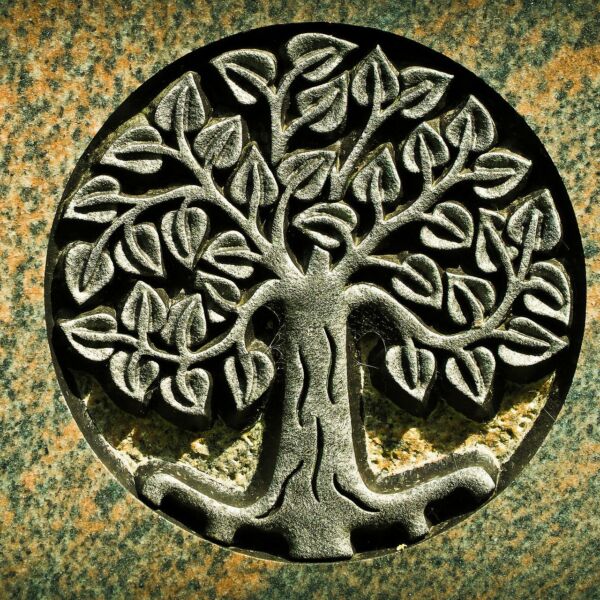
The Tree of Life – Heaven and Earth / Family
In some cultures it symbolises is a doorway between the physical and spiritual worlds or between life and death, while in others it’s seen as a symbol of interconnectedness, as the roots extend down into the earth and the branches reach up towards the sky. In Celtic culture trees symbolise family and links with ancestors and in the Christian religion it brings to mind the Tree of Knowledge that grew in the Garden of Eden.
Symbolising such a wide range of things, the Tree of Life is always a popular jewellery choice, as it can mean literally whatever you want it to mean.
The Tree of Life is a universal symbol that transcends cultures. It is open to interpretation and holds different meanings for different cultures and means different things to different people.
The Trinity Knot – Earth, Sea & Sky / The Holy Trinity
The Trinity Knot is another well-known Celtic symbol. It features three points intertwined in an infinite knot.
The Celts were strong believers in the power of the number 3 and believed that the important things in life come in threes – like the earth, sea and sky, the three elements – earth, wind and fire, the past, present and future or the 3 stages of life.
While it may originally have been a pagan symbol representing eternity or eternal life or love, it was later adapted for use by Christians, where, like the shamrock, it has also been used to represent the Christian Holy Trinity of the Father, Son and Holy Spirit. The Trinity Knot symbol was featured in The Book of Kells, which dates back to the 9th Century.
The Celtic Cross features a traditional cross with a circle around the point at which the arms intersect. It is a symbol of both Irish Christianity and culture and is often decorated with other Celtic symbols like the Trinity Knot. Stone Celtic Crosses can be found all around the country, dating from the 12th to the 8th Century.
The earliest of these crosses featured basic designs with a simple circle and a cross, but they became increasingly elaborate over time, depicting biblical scenes, which were used as teaching tools by the monks.
The Celtic Cross
According to one Christian legend the first Celtic cross was formed by St. Patrick while bringing Christianity to the Druids. The Druids used to worship a large circular stone, which may have represented the sun god, and St. Patrick, on seeing the significance of this stone, drew a large cross through the middle of it in order to bless it, combining the two cultures into one. Whether this is true or not, the design does appear to reflect a merging of the Celtic ring, which was the symbol of eternity or everlasting love, with the Christian faith.
You can now find a wide variety of silver and gold Celtic crosses, with a range of engraved Celtic designs and some even incorporate decorative stones.


